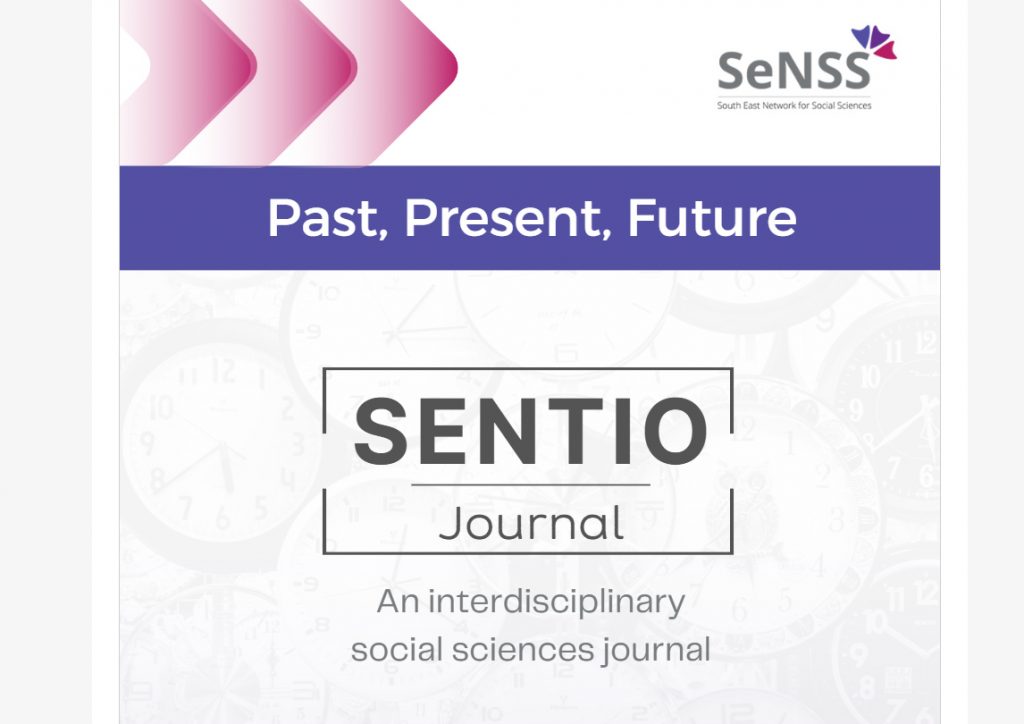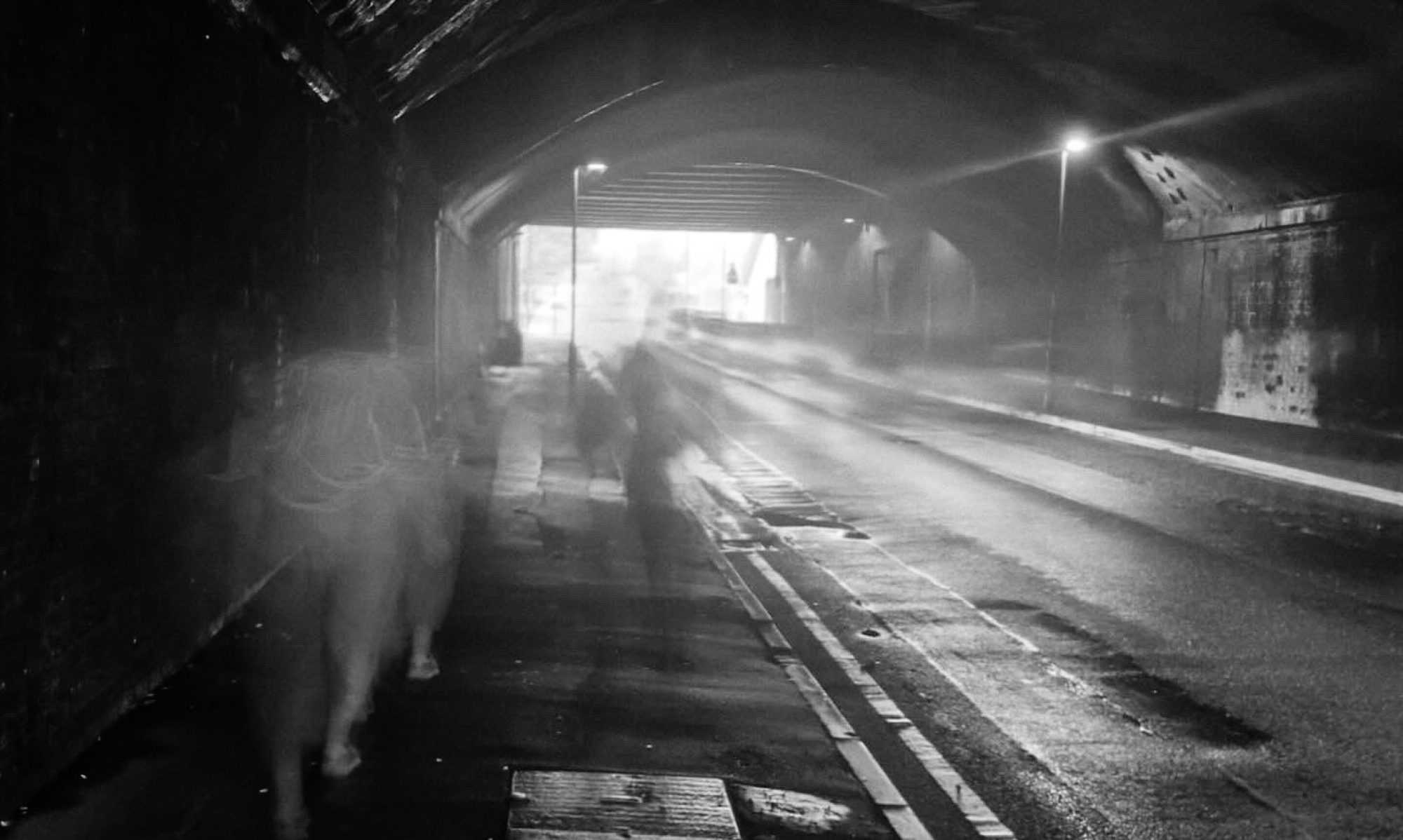Auto-photography and Collaborative Drawing: How Can Autistic Researchers Foster Inclusion Through Method Selection and Development to Investigate the Design of the Built Environment?
In this journal article for Sentio, I dive into how selecting and developing inclusive research methods can open doors for autistic researchers and participants, creating richer, more accessible forms of engagement. Traditional qualitative methods, like interviews, often rely on verbal communication and reading subtle cues, which can create barriers for autistic individuals. Autism is commonly described as a communication disorder, but the full picture is more complex: neurotypicals (those, who are not neurodivergent or autistic) and autistic people often struggle to fully understand each other, a phenomenon known as the “double empathy problem.” This issue arises because neurotypical people don’t always interpret autistic communication accurately, and vice versa, leading to misunderstandings.

Continue reading “Creative Methods: Autistic Researchers and Research Participants”



